Mobile phone reviews
Check out our hands-on reviews of the latest and most popular handset available.
iPhone reviews
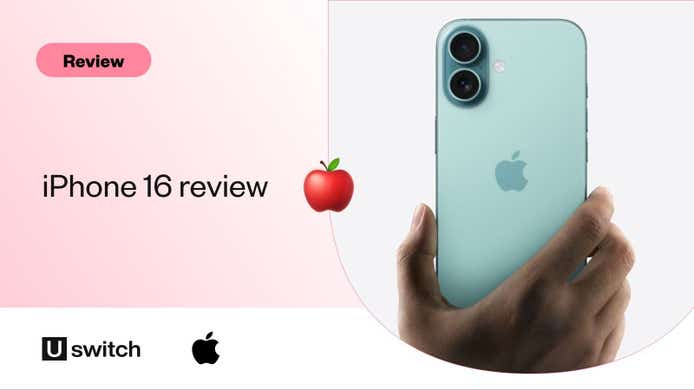
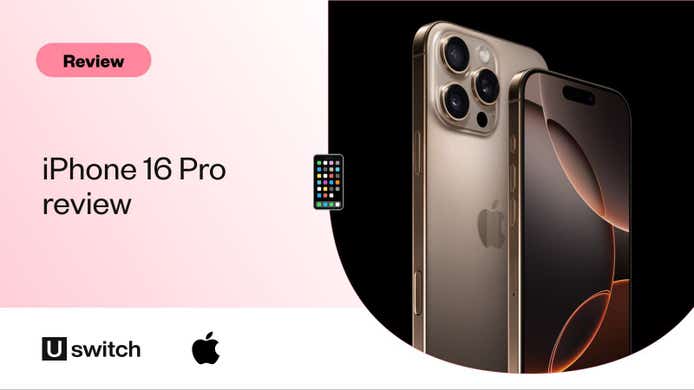
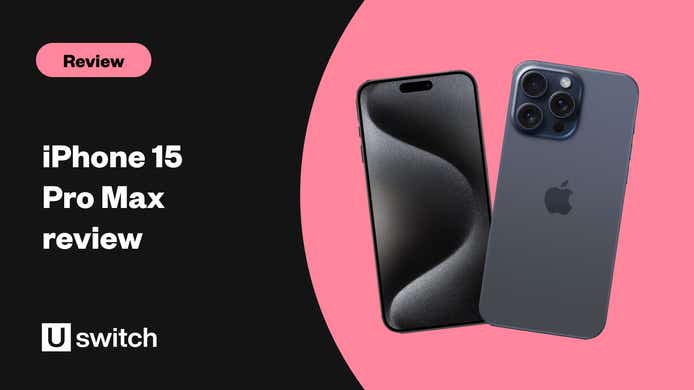
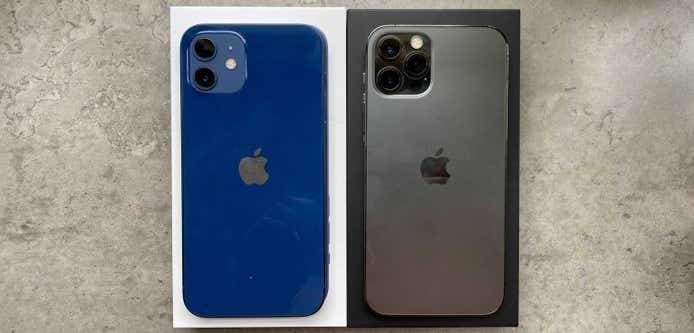
Samsung Galaxy reviews
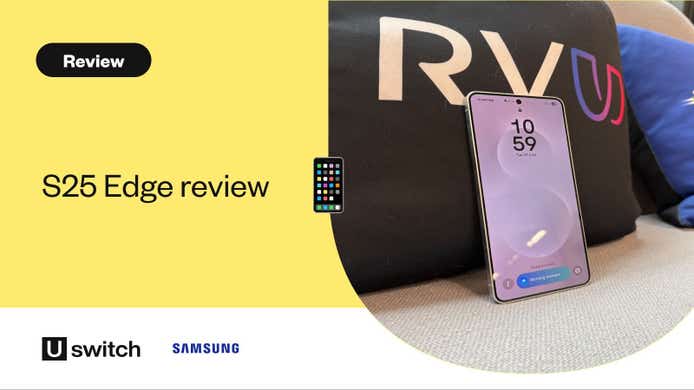
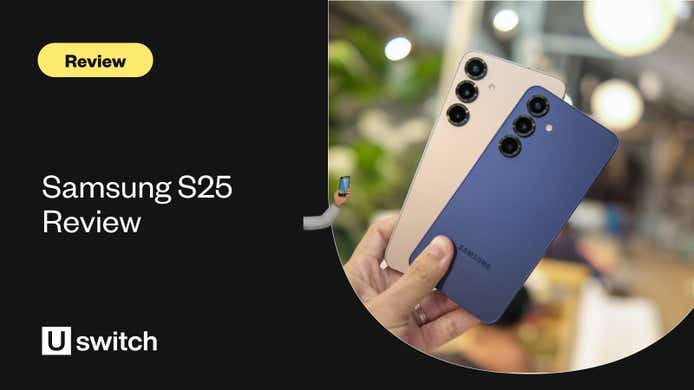

Oppo reviews
OnePlus reviews
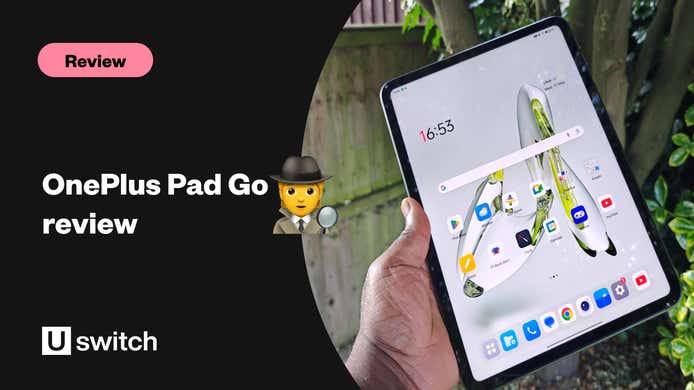
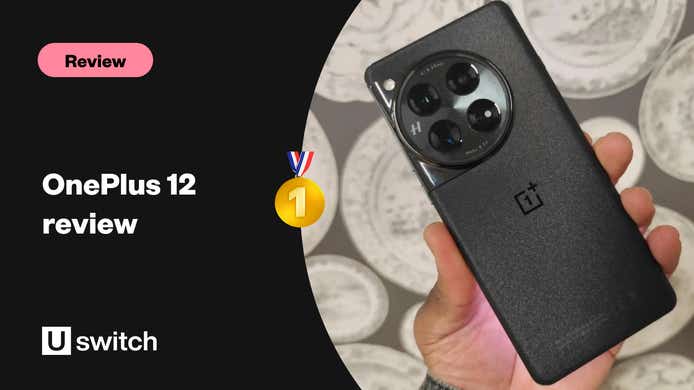
Other smartphone reviews
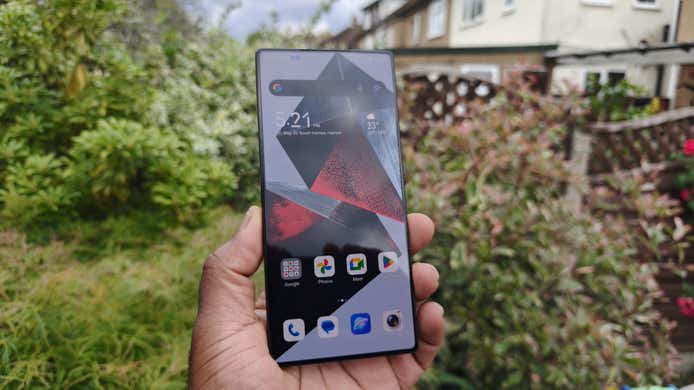
We use cookies and similar technologies. You can use the settings below to accept all cookies (which we recommend to give you the best experience) or to enable specific categories of cookies as explained below. Find out more by reading our Cookie Policy.









